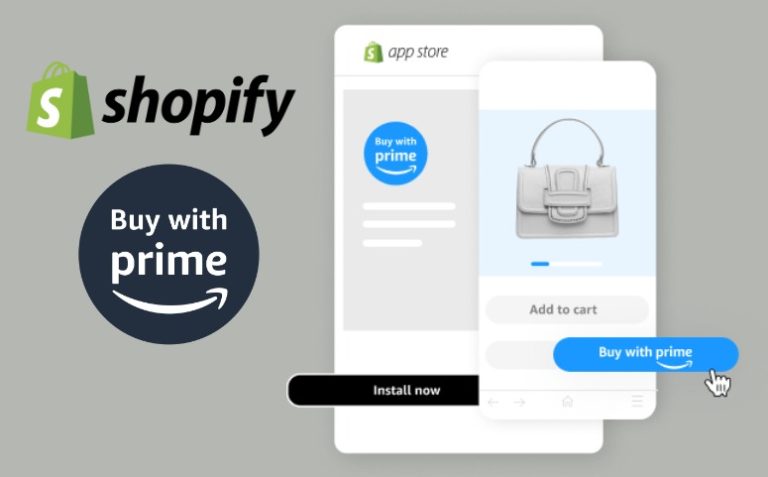What Works on DTC
A Guide For Amazon Sellers Moving to Shopify
What Works on DTC – A Guide For Amazon Sellers Moving to Shopify

On marketplaces, you have an opportunity to be one of many, letting smaller brands have a shot at taking market share from larger brands. It’s more similar to retail, but where the shelves are digital and near-endless in selection.
On a Shopify website, you have a captive audience, entirely attentive to your brand, story, and products.
Here’s our guide to DTC website design.
